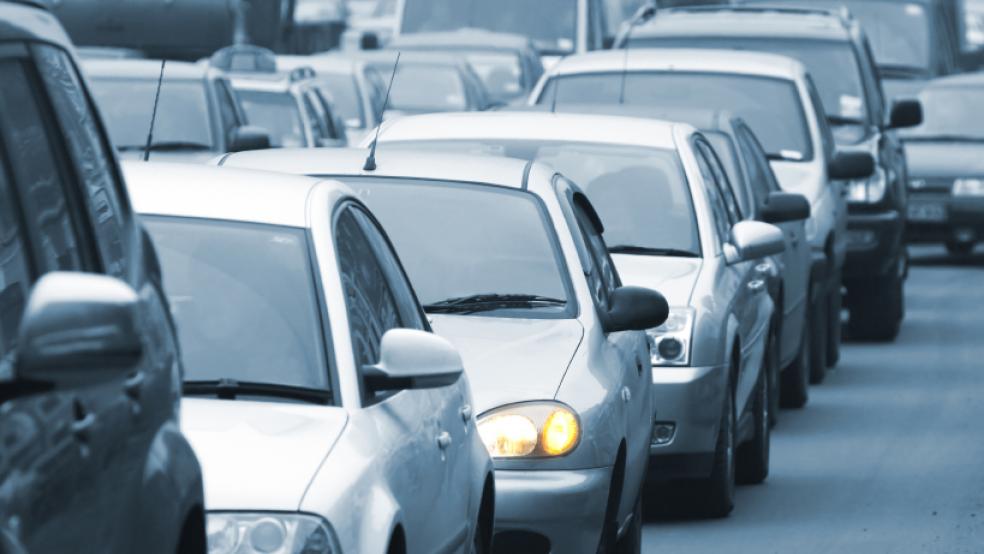Car dealers may be coming off of their biggest sales year ever, but the future for the auto industry looks murkier as the percentage of Americans with a driver’s license continues to fall.
Just 77 percent of Americans aged 16 to 44 held drivers licenses in 2014, down from 82 percent in 2008 and 92 percent in 1983. The percentage of Americans with driver’s licenses declined across every age group from 2011 to 2014, according to an analysis by Michael Sivak and Brandon Schoettle at the University of Michigan Transportation Research Institute.
Related: Best Cars from the 2016 Detroit Auto Show
Several factors have led to fewer licensed drivers, including a lack of interest among younger consumers in driving or owning a car, a general return to cities and close suburbs with reliable public transportation, a rise in telecommuting, and the advent of ride-sharing services like ZipCar and on-demand taxis like Uber. Tighter restrictions on young drivers haven’t helped either.
The introduction of driverless cars, which some industry experts say will be on roads within the next decade, promises to further reduce the share of Americans who feel the need to get a driver’s license.
The result of fewer licensed driver is that the aggregate number of miles driven has plateaued over the past decade, according to research from the Brookings Institute.

That may be bad news for automakers and the gasoline industry, but it’s good news for drivers themselves. The 2015 Urban Mobility Scorecard from the Texas A&M Transportation Institute found that drivers wasted more than 3 billion gallons of fuel and spent 7 billion extra hours sitting in traffic last year, at a cost of $160 billion, or $960 per commuter.





